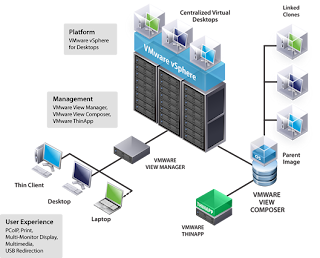people were having issues with setting up Windows Network Load Balancing within
vSphere and in particular with Distributed vSwitches.
So here we go - how to setup NLB with IIS:

And here is the video:
1)Setting up NLB
2)Going through setup of vSphere Enviroment
3)Installing IIS
4)Testing for Failure
5)Going Through the vDS settings
Setting up Windows Network Load Balancing within vSphere from Roggy on Vimeo.
Enjoy!

